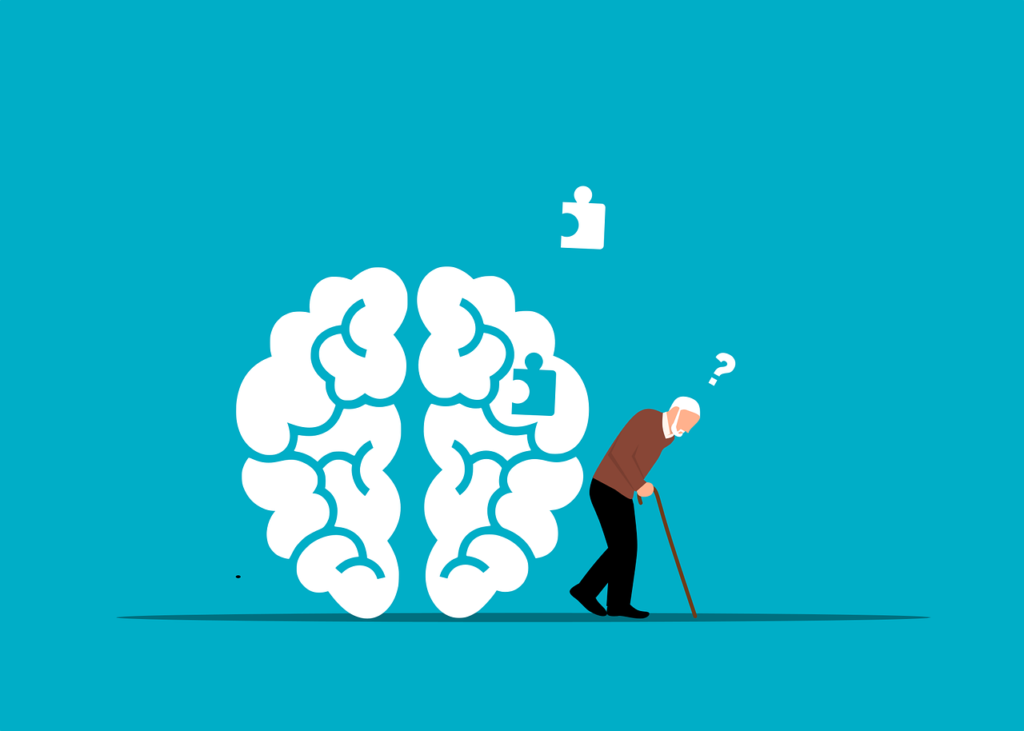What is Angina?
Angina is a type of chest pain or discomfort caused by reduced blood flow to the heart muscles. It’s often described as a squeezing, pressure, heaviness, or tightness in the chest. Angina is usually a symptom of an underlying heart condition, such as coronary artery disease.
Types of Angina
- Stable Angina: This type of angina occurs when the heart is working harder than usual, such as during physical activity or stress. The pain is predictable and typically lasts a few minutes, then subsides with rest or medication.
- Unstable Angina: Unstable angina is more severe and unpredictable than stable angina. The pain may occur even at rest and can be a sign of a heart attack.
- Variant Angina (Prinzmetal’s Angina): This rare type of angina occurs due to a spasm in the coronary arteries, which temporarily reduces blood flow to the heart. It often happens at rest and can be severe.
Symptoms of Angina
- Chest pain, pressure, or discomfort
- Pain that may radiate to the arms, shoulders, neck, jaw, or back
- Shortness of breath
- Nausea
- Fatigue
- Sweating
Causes of Angina
Angina is primarily caused by reduced blood flow to the heart muscles. This can occur due to:
- Coronary artery disease (narrowing of the arteries)
- Atherosclerosis (buildup of plaque in the arteries)
- Coronary artery spasm
- Blood clots
- Other heart conditions affecting blood flow
Risk Factors for Angina
- Smoking
- High blood pressure
- High cholesterol
- Diabetes
- Obesity
- Sedentary lifestyle
- Family history of heart disease
- Stress
- Age (risk increases with age)
Diagnosis of Angina
- Medical history and physical examination
- Electrocardiogram (ECG)
- Stress test
- Echocardiogram
- Coronary angiography
Treatment of Angina
- Lifestyle changes: Quitting smoking, eating a healthy diet, exercising regularly, managing stress.
- Medications: Nitroglycerin to relieve angina attacks, beta-blockers, calcium channel blockers, ACE inhibitors, statins, aspirin.
- Procedures: Angioplasty and stent placement to open narrowed arteries, coronary artery bypass surgery in severe cases.
Conclusion
Angina is a common symptom of underlying heart conditions, most commonly coronary artery disease. Recognizing the symptoms and seeking prompt medical attention is crucial for proper management and prevention of complications like heart attacks. Lifestyle changes, medications, and sometimes procedures can help control angina and improve heart health. If you experience chest pain or other symptoms of angina, don’t ignore them – consult a healthcare professional for evaluation and treatment.




